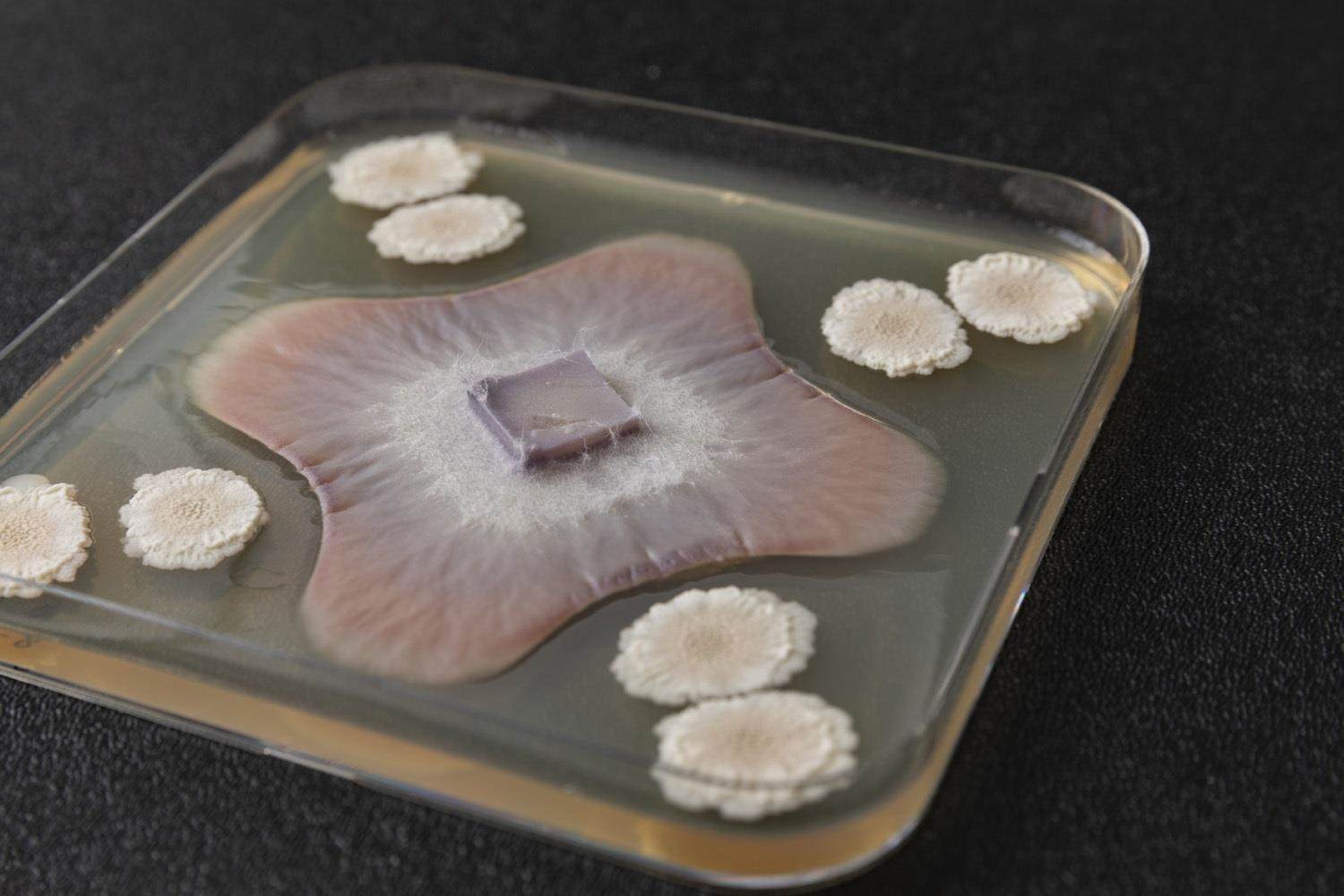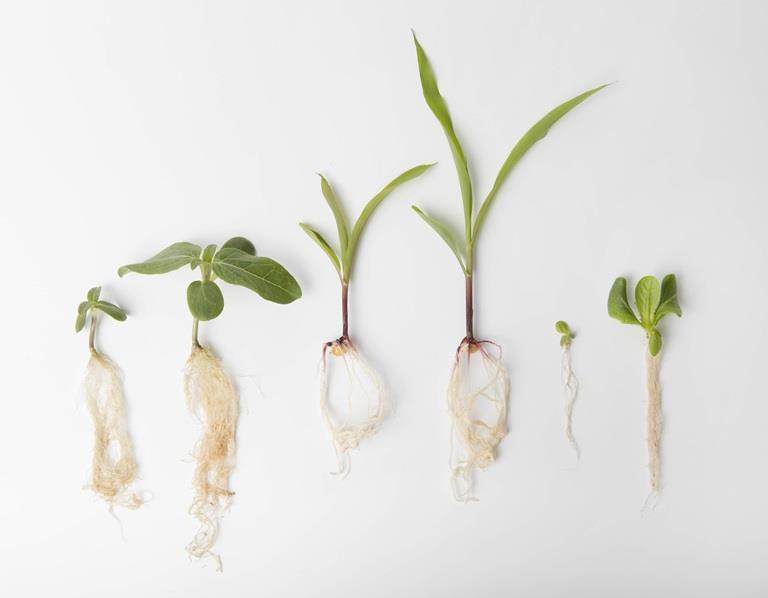Three ways to get microbes in the right place at the right time
Undoubtedly you know the phrase about being in the right place at the right time. In this article I focus on the right place. How to get microbes to the right spot and what actually is the right spot? For a lot of microbes, the place to be is in or around the root system of plants. Several application methods are available to get the microbes close to seeds and plants, like foliar application, in-furrow application, and seed application. How do these methods work, and which benefits and limitations do they have?
For a lot of microbes, the place to be is in or around the root system of plants

1. Foliar application
Foliar application is a technique of treating plants by spraying liquid fertilizer, amongst others directly on the leaves. Besides fertilizer other compounds like plant protection products and microbes can be applied using this technology. The liquid is taken up through the leaf’s stomata and the epidermis.
An important consideration with foliar application is the weather. Rain can wash off the applied products, and warm temperatures can cause a plant to close its pores, preventing the materials from being taken up. Also, it is important that the leaves do not remain wet for too long because this can sometimes attract pests and fungi.
If microbes need to be active in the root system, foliar application may not be the best choice. Microbes that are active in the leaves, could be applied using this method, if the leaves are able to take up the microbes. But foliar application can only be performed when the leaves are a few weeks old, so that there is enough leave area.
2. In-Furrow application
In furrow means that the product is applied in the soil trenches together with the seed. This method can be used for fertilizers, micronutrients, fungicides, and microorganisms, amongst other things. Products can be applied both as liquid and as powder/granules.
With in-furrow application the microbes are applied directly into the soil, but not always directly next to the seeds. This could mean that if there are pathogens in the soil, the pathogens could colonize the seeds before the beneficial microbes have a change to colonize the seed and/or roots.
3. On-seed application
Seed coating is the application of materials onto the surface of seeds for the purpose of making the seed’s shape, size and seed surface more uniform. This technology eases the planting process and allows the application of compounds that improve seed quality and offer protection against (a)biotic stresses. Products are applied directly on the seed so when it germinates the compounds are right there.When looking at microorganisms, many of them are active in the plants root system where they help with nutrient uptake, or to fight against soil pathogens or insects. By application on seed, the microbes can grow and develop with the emerging root and colonize it as soon as possible, preventing other microbes such as soil pathogens from doing so.
By application on seed, the microbes can grow and develop with the emerging root and colonize it as soon as possible.
Application of microbes to seed brings its own set of challenges, more about that in the next article.
